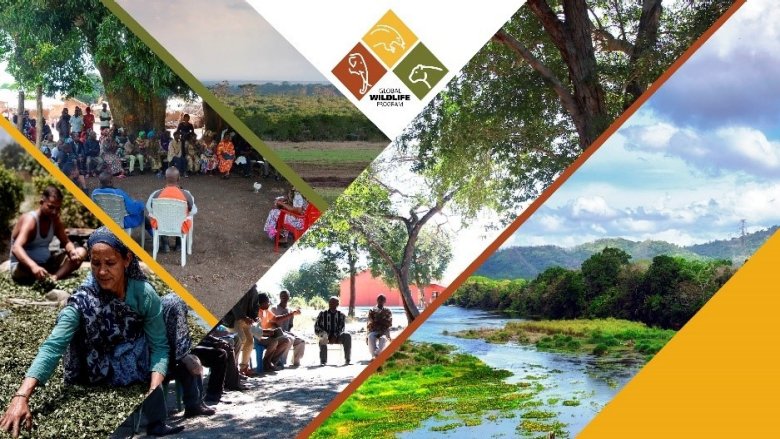Community engagement in conservation is essential. Communities are stewards of biodiversity holding valuable insights that can inform the planning and implementation of conservation projects. In addition, they are also invested in the outcomes of these projects, making them key stakeholders and partners in the process. However, community engagement is a complex undertaking, complicated by cultural specificities, socio-economic diversity within groups, conflicting interests, limited resources, and other factors.
Projects in the Global Wildlife Program (GWP) have consistently identified community participation and engagement as a top priority for knowledge exchange and capacity building. Many GWP projects work on establishing or strengthening community conservation groups as a means to enhance community ownership of conservation. As a response, the GWP organized a knowledge exchange to help increase awareness on this topic and share experiences and good practices in the creation and management of these groups.
